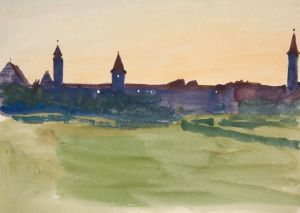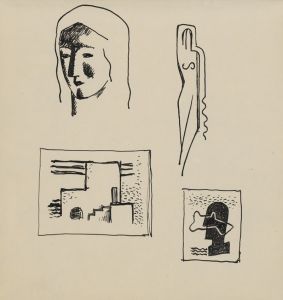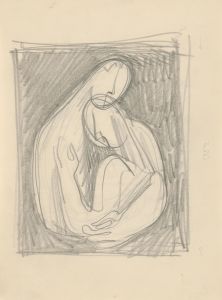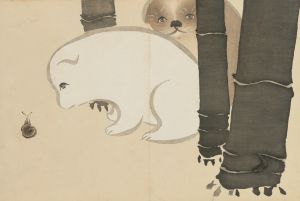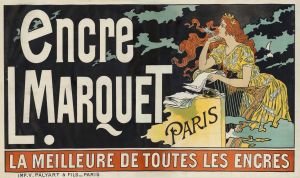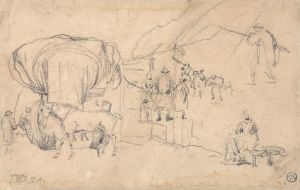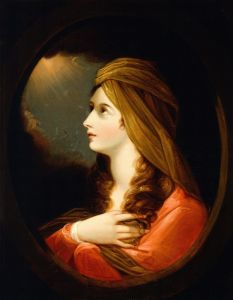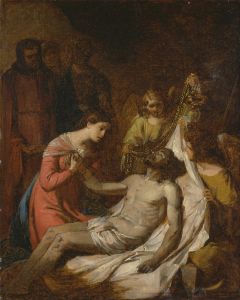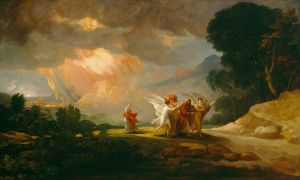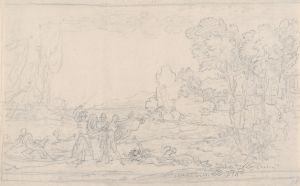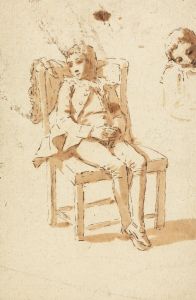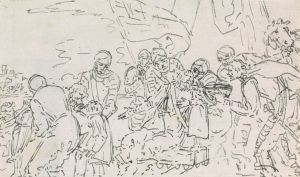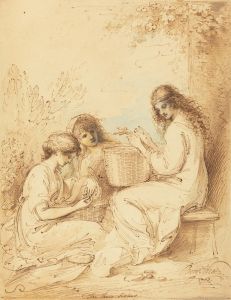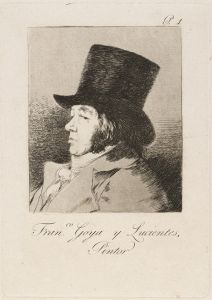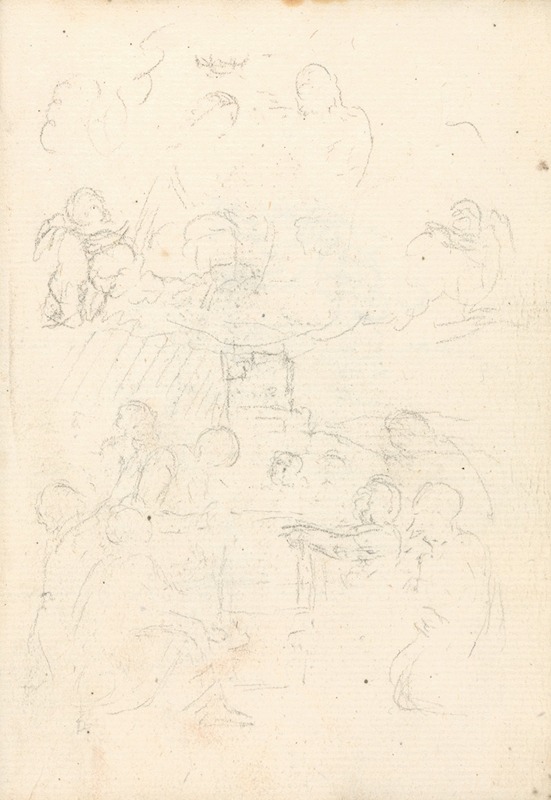
Sketch
A hand-painted replica of Benjamin West’s masterpiece Sketch, meticulously crafted by professional artists to capture the true essence of the original. Each piece is created with museum-quality canvas and rare mineral pigments, carefully painted by experienced artists with delicate brushstrokes and rich, layered colors to perfectly recreate the texture of the original artwork. Unlike machine-printed reproductions, this hand-painted version brings the painting to life, infused with the artist’s emotions and skill in every stroke. Whether for personal collection or home decoration, it instantly elevates the artistic atmosphere of any space.
Benjamin West was an Anglo-American painter of historical scenes around and after the time of the American War of Independence and the Seven Years' War. Born in 1738 in Springfield, Pennsylvania, West became a prominent figure in the art world, eventually serving as the second president of the Royal Academy in London. His works are known for their neoclassical style and historical accuracy.
"Sketch by Benjamin West" refers to any preliminary drawing or study created by West as part of his artistic process. West often used sketches to plan his larger compositions, experimenting with form, perspective, and composition before committing to a final painting. These sketches are valuable for understanding West's creative process and the development of his ideas.
West's sketches typically exhibit his skill in capturing human figures and dramatic scenes, often focusing on historical or religious subjects. His ability to convey emotion and narrative through his sketches is evident, reflecting his deep understanding of the subjects he portrayed. West's sketches were not merely preparatory works; they were integral to his method of storytelling through art.
One of West's most famous works is "The Death of General Wolfe," which depicts the death of British General James Wolfe during the Battle of Quebec in 1759. While the final painting is well-known, West likely created several sketches to plan the composition, ensuring historical accuracy and emotional impact. These sketches would have included studies of individual figures, the arrangement of the scene, and the interplay of light and shadow.
West's sketches are characterized by their fluid lines and attention to detail. He often used pencil, ink, or chalk to create these preliminary works, allowing for quick adjustments and experimentation. The sketches reveal West's thought process and his ability to visualize complex scenes before executing them on a larger scale.
In addition to historical scenes, West also created sketches for religious subjects, portraits, and allegorical works. His sketches for religious paintings often focused on key moments from the Bible, capturing the drama and significance of these events. West's ability to convey the spiritual and emotional weight of these scenes is evident in his preliminary studies.
West's influence extended beyond his own works; he was a mentor to several prominent artists, including John Singleton Copley and Gilbert Stuart. His sketches served as educational tools for his students, demonstrating the importance of preparation and planning in the artistic process.
Today, Benjamin West's sketches are held in various collections, including museums and private collections. They are studied by art historians and enthusiasts alike, offering insight into the mind of one of the 18th century's most important artists. These sketches not only highlight West's technical skill but also his dedication to capturing the essence of historical and religious narratives.
In conclusion, "Sketch by Benjamin West" refers to the preparatory works created by the artist as part of his creative process. These sketches are valuable for understanding West's approach to art, his attention to detail, and his ability to convey complex narratives through his work. They remain an important part of his artistic legacy, offering a glimpse into the development of his iconic paintings.





